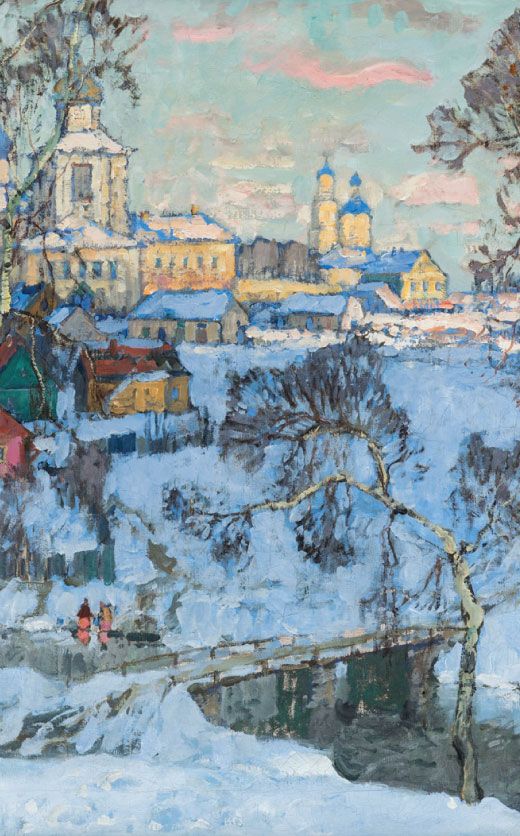Monumental 19th C. Dogon Kanaga Mask - 6 Feet Tall!
Lot 59a
About Seller
Artemis Fine Arts
686 S Taylor Ave, Ste 106
Louisville, CO 80027
United States
Selling antiquities, ancient and ethnographic art online since 1993, Artemis Gallery specializes in Classical Antiquities (Egyptian, Greek, Roman, Near Eastern), Asian, Pre-Columbian, African / Tribal / Oceanographic art. Our extensive inventory includes pottery, stone, metal, wood, glass and textil...Read more
Categories
Estimate:
$2,000 - $4,000
Absentee vs Live bid
Two ways to bid:
- Leave a max absentee bid and the platform will bid on your behalf up to your maximum bid during the live auction.
- Bid live during the auction and your bids will be submitted real-time to the auctioneer.
Bid Increments
| Price | Bid Increment |
|---|---|
| $0 | $25 |
| $300 | $50 |
| $1,000 | $100 |
| $2,000 | $250 |
| $5,000 | $500 |
| $10,000 | $1,000 |
| $20,000 | $2,500 |
| $50,000 | $5,000 |
| $100,000 | $10,000 |
| $200,000 | $20,000 |
About Auction
By Artemis Fine Arts
Aug 22, 2025
Set Reminder
2025-08-22 10:00:00
2025-08-22 10:00:00
America/New_York
Bidsquare
Bidsquare : Indigenous Art - Ralph T. Coe Center, Santa Fe, NM
https://www.bidsquare.com/auctions/artemis-gallery/indigenous-art---ralph-t-coe-center-santa-fe-nm-20324
Featuring works of art from the Ralph T. Coe Center for the Arts in Santa Fe, New Mexico, a non-profit focused on promoting Indigenous Arts globally. All proceeds from the sale of these items will support future grants to Rehoming Program participants. Artemis Fine Arts info@artemisfinearts.com
Featuring works of art from the Ralph T. Coe Center for the Arts in Santa Fe, New Mexico, a non-profit focused on promoting Indigenous Arts globally. All proceeds from the sale of these items will support future grants to Rehoming Program participants. Artemis Fine Arts info@artemisfinearts.com
- Lot Description
West Africa, Mali, Dogon, ca. late 19th to early 20th century CE. A monumental Dogon kanaga mask of painted wood, standing an imposing six feet in height, its towering double-barred cross form alive with geometric rhythm and cosmic symbolism. This striking type, among the most celebrated of Dogon mask traditions, was described by Elsy Leuzinger as an "object of cosmic significance," the cross itself symbolically referring to the divine order of the universe. The superstructure consists of a vertical plank crowned by two finely carved human figures and intersected by a pair of horizontal crossbars, each terminating in short vertical projections. These forms hold multiple layers of meaning in Dogon cosmology: the bars may represent arms and legs of a deity, the arrangement of the world with the upper bar as the sky and the lower as the earth, or mythic creatures of origin such as a bird in flight or a crocodile. Size: 4.6" L x 28" W x 72" H (11.7 cm x 71.1 cm x 182.9 cm)
Painted in an alternating palette of white, red, and black, the diamond motifs running the length of the plank add both visual cadence and symbolic depth, the white in particular evoking the spirit world.
The kanaga mask occupies a central role in the dama, the elaborate funeral rites through which the Dogon people honor the dead, guide their souls away from the village, and reaffirm social and cosmic order. Traditionally, the Awa Society controls the use of such masks, ensuring their sacred protocols are observed. When performed, the dancer wears a hood of plaited fiber fringe, a black and red strip-woven vest embroidered with cowrie shells and bead strands, indigo-dyed trousers, and layered skirts of dyed plant fibers whose preparation is guarded with as much ritual secrecy as the carving of the mask itself. The kanaga dance, athletic and acrobatic, sees the superstructure sweep low and rise high, tracing the invisible geometry that bridges earth and sky.
In the Sanga region, where French anthropologist Marcel Griaule documented Dogon traditions in the early 20th century, kanaga masks were among the most common and symbolically charged. Griaule recorded both literal interpretations - such as the bird with white wings and black forehead - as well as esoteric ones known only to initiates, underscoring the mask's layered cosmological significance. This rare late 19th to early 20th century example, with its extraordinary scale, sculptural refinement, and well-preserved polychromy, embodies the aesthetic and spiritual gravitas of Dogon artistry - an enduring testament to the way material form becomes a vessel for cosmic meaning.
Provenance: Ralph T. Coe Center for the Arts, Santa Fe, New Mexico, USA, acquired in 2010 via descent; ex-private collection of Ralph T. Coe, Santa Fe, New Mexico, USA, purchased in November 2005; ex-Dr. Peter T. Furst
All items legal to buy/sell under U.S. Statute covering cultural patrimony Code 2600, CHAPTER 14, and are guaranteed to be as described or your money back.
A Certificate of Authenticity will accompany all winning bids.
We ship worldwide and handle all shipping in-house for your convenience.
#195889Missing vertical extension on upper proper right cross-bar. Some stable hairline fissures and chipping in areas, commensurate with age. Abrasions to forehead and nose of top right figure. Rich patina throughout with liberal remains of pigments.Condition
- Shipping Info
-
All shipping is handled in-house for your convenience. Your invoice from Artemis Fine Arts will include shipping calculation instructions. If in doubt, please ask before bidding for estimated shipping costs for individual items.
-
- Buyer's Premium



 EUR
EUR CAD
CAD AUD
AUD GBP
GBP MXN
MXN HKD
HKD CNY
CNY MYR
MYR SEK
SEK SGD
SGD CHF
CHF THB
THB














